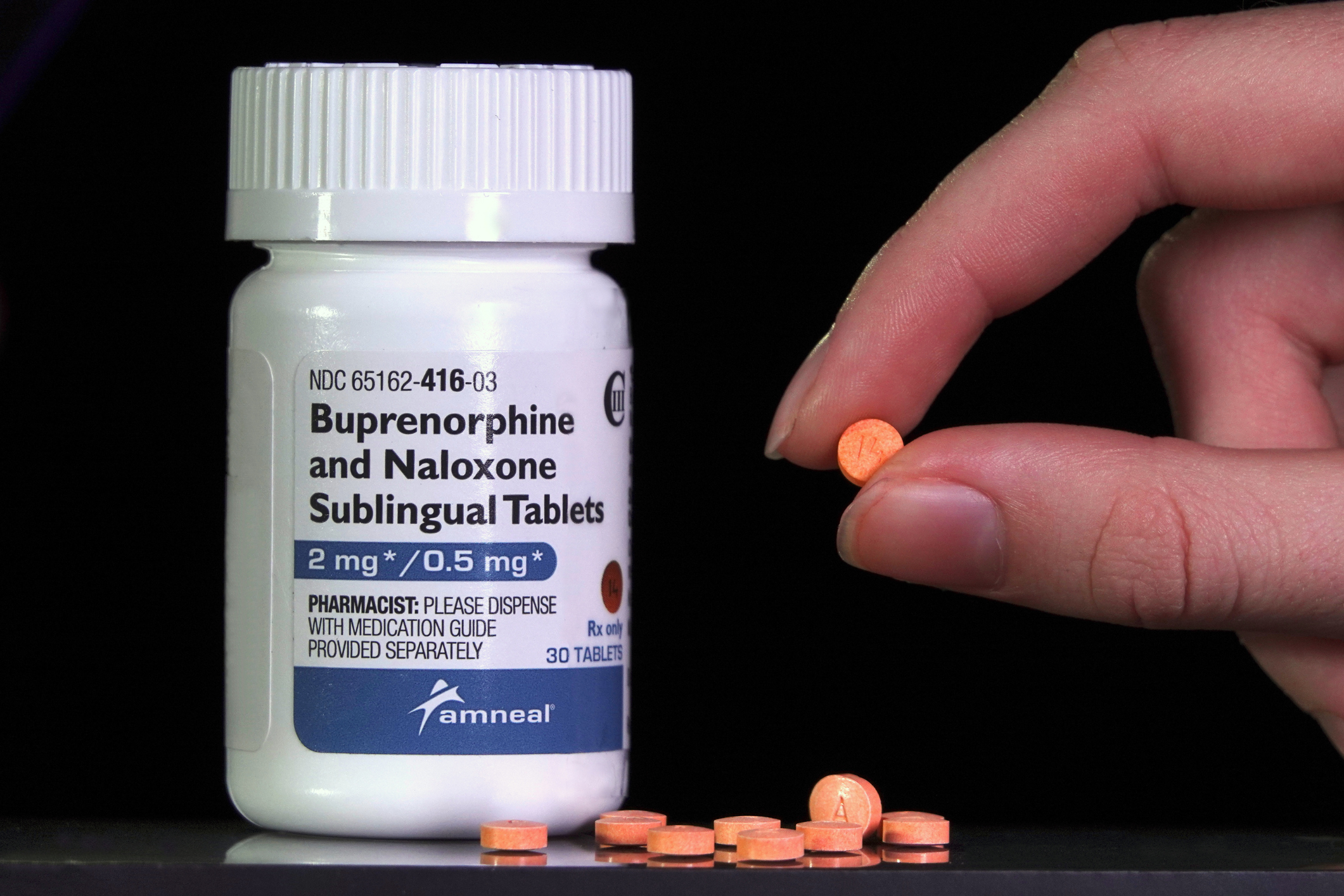By Stephen Crystal and James Lloyd
As the crisis of opioid use disorder (OUD) spread throughout the United States, the health care system took action to develop new treatments and approaches to treating people with OUD. Although methadone maintenance treatment had been implemented for people with OUD for years – and was and is extremely successful, often referred to as a “gold standard” for treatment of the disease – in 2002 the U.S. Food and Drug Administration approved buprenorphine for use for opioid use disorder, particularly in combination with another medication, naloxone, that reduces the likelihood of misuse by patients. Introduction of the new MOUD modality was slow at first, but as the opioid crisis increased in severity, state and federal policymakers introduced numerous efforts to increase access and uptake of OUD treatment. Limits on the number of patients that could be treated with buprenorphine in office-based settings were raised, and physician assistants and nurse practitioners were permitted to prescribe buprenorphine. In New Jersey, a suite of laws was passed in 2017 loosening barriers to access for medication-assisted treatment (MAT), particularly in office-based settings, extending the reach of the OUD treatment system even further.
This commitment to access is about reaching patients where they are, and visits to the emergency department (ED) are common among people with OUD, who are at high risk of nonfatal overdose, infections from injected drugs, and other conditions that can require acute care. Traditionally, patients arriving in EDs are treated for their acute condition and do not receive OUD treatment or an introduction to OUD-related services, but there is growing evidence and recommendations from professional groups that ED administration of buprenorphine can help connect patients to care that they need. Since the 2015 publication of a pioneering clinical trial of ED-initiated buprenorphine, evidence as to the practice’s promise has accumulated, and efforts are increasing across New Jersey and nationally to increase buprenorphine prescription for patients who present at EDs. New initiatives by the RWJ Barnabas Health system are encouraging wider use of this practice. Nevertheless, implementing these treatments into the busy workflows of emergency departments can face multiple implementation barriers, highlighting the importance of studying challenges and promising strategies for implementation across NJ’s emergency departments, which is the focus of a new pilot study supported by the New Jersey State Policy Lab (NJSPL) and being initiated at the Rutgers University Center for Health Services Research at the Rutgers Institute for Health, Health Care Policy, and Aging Research. The study will utilize interviews with key informants to better understand implementation across NJ hospitals, as well as analyses of health care claims data. The study will produce improved knowledge about variations in implementation across the state and identify “bright spots” that have had success in scaling up the practice.
Accumulating experience across New Jersey and nationally is increasingly highlighting the potential of initiating buprenorphine treatment in emergency departments for individuals at risk, such as those treated for overdose in the emergency setting. This intervention holds promise for reducing the toll of opioid overdoses, including fatal overdoses that have remained persistently high despite many efforts to reduce these risks. Integrating these treatments into the complex setting of emergency department care across the state represents a significant, yet vitally important, challenge for hospitals and health systems across the state. Understanding and overcoming the challenges to broader implementation of these treatments across the state has significant potential for building the needed “no wrong door” approach to treatment for opioid use disorder in order to provide timely access to evidence-based treatment at every healthcare encounter that represents a potential path to treatment and recovery.

